Tolkien, Race and Cultural History

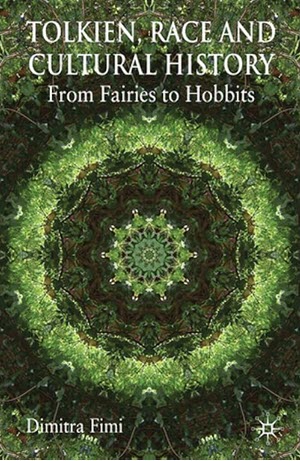 One of the things that we have learned over the years about social media is that it has an almost total lack of nuance. Arguments rage, but they can never resolve because you can only ever be for or against a very simplistic position. Some of those arguments concern Tolkien. Was he a racist? Was he ‘just a man of his time’? Was he a great man whom none should dare question? These questions do not have simple answers. And this is where we can turn to academics for some in depth analysis.
One of the things that we have learned over the years about social media is that it has an almost total lack of nuance. Arguments rage, but they can never resolve because you can only ever be for or against a very simplistic position. Some of those arguments concern Tolkien. Was he a racist? Was he ‘just a man of his time’? Was he a great man whom none should dare question? These questions do not have simple answers. And this is where we can turn to academics for some in depth analysis.
Dimitra Fimi is an acknowledged expert on Tolkien. She’s also one of the senior academics at the University of Glasgow’s Centre for Fantasy and the Fantastic. I should note that she’s also a friend and was one of the editors of the recently published volume on Celtic Fantasy that I had an essay in. She’s very well placed to look into these issues. Tolkien, Race and Cultural History: From Fairies to Hobbits, is the result of her investigations.
The main point that needs to be made here is that the Legendarium, that is the complete world created by Tolkien in which he set his books, was not created overnight. Rather, its creation was a continuous process starting when Tolkien was a teenager and moving on through the publication of The Hobbit and The Lord of the Rings. During that time, Tolkien grew up, studied a lot, married and had a family, and lived through two World Wars. It should not be surprising that his attitudes and objectives did not remain constant throughout his life.
When Tolkien first embarked on created a “mythology for England” he was very young and living through a particular time in history when such a thing might have seemed necessary. Britain had witnessed the rise of Celticism, led by characters such as the notorious inventor of Welsh tradition, Iolo Morganwg. England had nothing of this. If you went too far back, everyone was Welsh anyway. The Romans had gone, the Normans were only ever conquerors (and French at that!). So England focused instead on its Germanic invaders. Fimi notes:
It was mainly during the nineteenth century that Anglo-Saxonism became a national myth; it is not accidental that this happened during a period when the British Empire was slowly declining.
Something very similar can be seen in the present day, when Anglo-Saxonism was first deployed as an excuse for Brexit, and then as a crutch when the real effects of that political disaster hit.
Tolkien, however, did not have to live through Brexit and its aftermath. Instead he lived through two deadly wars in which Germany was the main enemy. This didn’t seem to shake his love for Nordic culture, but that didn’t mean he was overly fond of the Germans. Famously he described Hitler as “a ruddy little ignoramus” who is:
“Ruining, perverting, misapplying and making forever accursed that noble Northen spirit, a supreme contribution to Europe, which I have ever loved, and tried to present in its true light.”
We’ll come back to the racism question later, but first I should note that Fimi presents another motivating force for the creation of the Legendarium. Tolkien, as we know, was a huge fan of languages. He loved inventing them. Sindarin was based on Welsh, and Quenya on Finnish (which Tolkien fell in love with after reading the Kalevala (another piece of national myth-making). It appears that being a language nerd was something that Tolkien was a bit embarrassed about, and the process of creating Middle Earth gave him a very plausible excuse for his hobby. The point here is that Tolkien wasn’t just engaged in myth-making. There were other reasons for the ways in which his work developed.
There was also a third force acting on Tolkien and his writing: the need for a book. The Hobbit was hugely successful has his publishers were desperate for a sequel. Quite rightly, they rejected his attempt to fob them off with the mess that was The Silmarillion. (It is less of a mess now, having been extensively edited, but I still couldn’t finish it.) So Tolkien embarked on creating The Lord of the Rings, and in the process he had to stop fiddling about with hobbyist ideas about mythology and language, and instead create a functioning novel for adults. That caused him to change a lot.
Back with the racism question, as is always the case, it is complicated. Where I disagree with Fimi is when she says that racism is a modern concept that can’t be applied to Tolkien’s time (pg 157). This is rather like saying that people couldn’t have had same-sex relations before homosexuality was invented as a concept (1869, thank you for asking). Racism is something that people do, not an airy concept. What we can say, however, is that Tolkien grew up in a society that was institutionally and culturally racist. In addition, as Fimi points out, the theory known as “race science” was very much accepted as factual by the (white) academic community for much of Tolkien’s life. It isn’t surprising that he developed racist views of the world, because pretty much everyone did. Heck, I have enough trouble dealing with ideas that got drummed into me as a kid, and I’m a couple of generations younger.
So what matters is what Tolkien did with his views. In some ways he clearly grew up. His teenage enthusiasm for ethno-nationalism was severely broken by his experience of how Nazi Germany used such ideas. However, his portrayal of non-white peoples in The Lord of the Rings leaves much to be desired. Saruman is clearly a eugenicist, but equally the fact that he is suggests that eugenics works.
Which brings us to the orcs. Here there’s an issue that I felt lacking in the book: class. Fimi is Greek, so like every other foreign visitor to the UK she’s probably struggling with the complexity of the British class system. But it is relevant. The hobbits are clearly rural English, divided into gentleman farmers such as the Bagginses, and “sons of the soil” like Sam Gamgee. The dwarves are noble artisans such as a village blacksmith might have been, whereas the orcs are working class labourers that you might find in a coal mine or steelworks. The humans have all of the usual range of social classes. And the elves, well they are clearly upper class, above even human royalty. They live apart from the rest of society, and yet they are supposedly in charge of everything. At least, when they can be bothered to exert themselves. Elrond, being famously half-Elven, is notoriously snooty about human-elf relationships, just as you might expect.
Tolkien doubtless regarded himself as upper middle class, at least when he became an Oxford don. Quite how he felt class impacted his subcreation of Middle Earth I can’t say (though I’m hoping that someone will look into it with the same depth and rigour that Fimi brings to her book). What I can say is that, consciously or not, it will have influenced him.
Niggles aside, this is an excellent book, full of sharp observations about Tolkien and the times through which he lived. If you have a deep interest in the Legendarium, I highly recommend it.

Title: Tolkien, Race and Cultural History
By: Dimitra Fimi
Publisher: Palgrave Macmillan
Purchase links:
Amazon UK
Amazon US
See here for information about buying books though Salon Futura

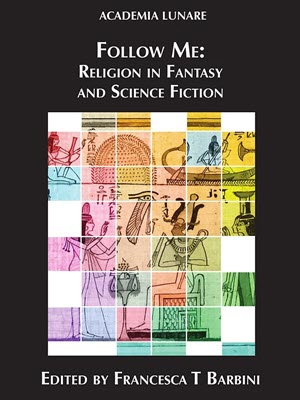 It is somewhat dubious for me to review a book that I have an essay in, but I am very fond of the Academia Lunare series from Luna Press Publishing, so I want to encourage you to buy the books.
It is somewhat dubious for me to review a book that I have an essay in, but I am very fond of the Academia Lunare series from Luna Press Publishing, so I want to encourage you to buy the books.

 This book came out in the UK in 2015. It being science fiction by a woman (and having a fair amount of sex in it), it did not get the promotion it deserved. Now, at last, there is a US edition, thanks to
This book came out in the UK in 2015. It being science fiction by a woman (and having a fair amount of sex in it), it did not get the promotion it deserved. Now, at last, there is a US edition, thanks to 

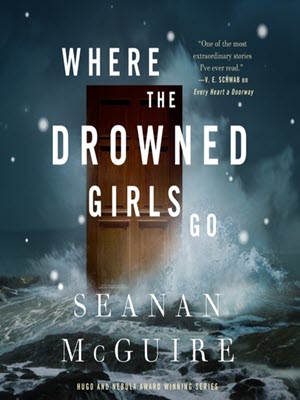 Keeping a series going is a skill. Not all writers have it. Juliet McKenna has certainly got the knack as she keeps churning out Green Man books for me. Seanan McGuire, however, is a queen of series writing. Where the Drowned Girls Go is the seventh novella in the Wayward Children series, but that’s nothing; the October Daye series is already up to 15 full novels. I don’t know how she does it.
Keeping a series going is a skill. Not all writers have it. Juliet McKenna has certainly got the knack as she keeps churning out Green Man books for me. Seanan McGuire, however, is a queen of series writing. Where the Drowned Girls Go is the seventh novella in the Wayward Children series, but that’s nothing; the October Daye series is already up to 15 full novels. I don’t know how she does it.

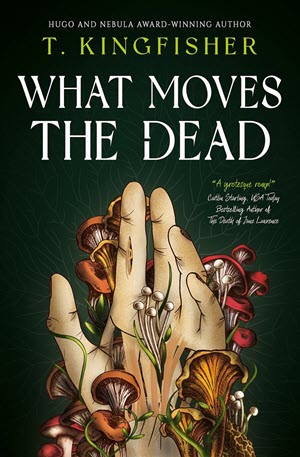 My Hugo reading has suffered from my extreme busyness this month, but I have managed to get through the novellas. Even that has its challenges though. Read on.
My Hugo reading has suffered from my extreme busyness this month, but I have managed to get through the novellas. Even that has its challenges though. Read on.

 FantasyCon was somewhat different for me this year. As I no longer have a car I can use to get books to conventions, I did not have a dealer table. I’ll be renting a car for BristolCon, because I’m doing a launch for the new Juliet McKenna book there, but I’m not sure how much dealer presence I will have at conventions in the future.
FantasyCon was somewhat different for me this year. As I no longer have a car I can use to get books to conventions, I did not have a dealer table. I’ll be renting a car for BristolCon, because I’m doing a launch for the new Juliet McKenna book there, but I’m not sure how much dealer presence I will have at conventions in the future.
 Well there’s a blast from the past. After all this time, who would have thought we’d get a new Babylon 5 story. Also, is it still good?
Well there’s a blast from the past. After all this time, who would have thought we’d get a new Babylon 5 story. Also, is it still good?
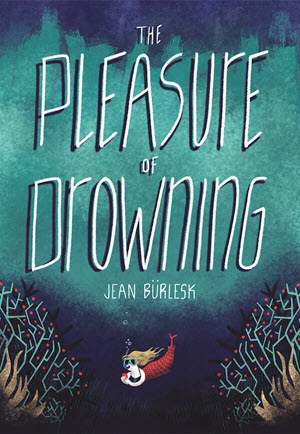 In his blurb for this book, Peadar Ó Guilín describes Jean Bürlesk as, “a scoundrel and a charlatan.” He should perhaps have added that Bürlesk is a charming scoundrel and charlatan. He is also a professional tour guide, and thus used to telling stories. He has something of the gift of the gab, which is perhaps why an Irishman admires him so. Anyway, Bürlesk presented me with a copy of this book while we were in Uppsala for the Eurocon. He said he hopes to lure me to his mysterious homeland of Luxembourg, doubtless for nefarious purposes, though he insists that it is only for a convention.
In his blurb for this book, Peadar Ó Guilín describes Jean Bürlesk as, “a scoundrel and a charlatan.” He should perhaps have added that Bürlesk is a charming scoundrel and charlatan. He is also a professional tour guide, and thus used to telling stories. He has something of the gift of the gab, which is perhaps why an Irishman admires him so. Anyway, Bürlesk presented me with a copy of this book while we were in Uppsala for the Eurocon. He said he hopes to lure me to his mysterious homeland of Luxembourg, doubtless for nefarious purposes, though he insists that it is only for a convention.

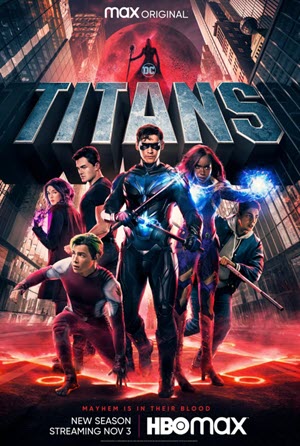 DC’s attempts at doing television and movies are notoriously bad. I did like the Supergirl TV series, but I couldn’t motivate myself to watch much of the other series in that group. The only movies I’ve really liked are Wonder Woman (the first one), and Aquaman (for the giant war crabs, obviously). But there is a second group of DC shows that appear to exist in an entirely different part of the DC multiverse (and the various Superman shows may be a third reality). This group comprises Titans and Doom Patrol, and I quite like them. They are somewhat darker than the Arrowverse shows, and perhaps that makes them less silly.
DC’s attempts at doing television and movies are notoriously bad. I did like the Supergirl TV series, but I couldn’t motivate myself to watch much of the other series in that group. The only movies I’ve really liked are Wonder Woman (the first one), and Aquaman (for the giant war crabs, obviously). But there is a second group of DC shows that appear to exist in an entirely different part of the DC multiverse (and the various Superman shows may be a third reality). This group comprises Titans and Doom Patrol, and I quite like them. They are somewhat darker than the Arrowverse shows, and perhaps that makes them less silly.

 This is the August 2023 issue of Salon Futura. Here are the contents.
This is the August 2023 issue of Salon Futura. Here are the contents. Some Desperate Glory
Some Desperate Glory Barbie
Barbie The Coral Bones
The Coral Bones Visiting Spaceport Glasgow
Visiting Spaceport Glasgow Guardians of the Galaxy – Volume 3
Guardians of the Galaxy – Volume 3 Even Though I Knew The End
Even Though I Knew The End Gilgamesh
Gilgamesh Strange New Worlds – Season 2
Strange New Worlds – Season 2 Begin Transmission
Begin Transmission Silures
Silures Secret Invasion
Secret Invasion Editorial – August 2023
Editorial – August 2023 This issue’s cover reproduces the art that Frank Wu made for the cover of Ion Trails, the in-flight magazine of the starship WSFS Armadillo. If you have no idea what that is all about, read the article on the Glasgow Worldcon site that appears in this issue.
This issue’s cover reproduces the art that Frank Wu made for the cover of Ion Trails, the in-flight magazine of the starship WSFS Armadillo. If you have no idea what that is all about, read the article on the Glasgow Worldcon site that appears in this issue.
 The two novellas that Emily Tesh has out are fantasy. Her debut novel is space opera. Of course, depending on your view of such things, that might class as fantasy too, but it is certainly a very different thing. I was intrigued.
The two novellas that Emily Tesh has out are fantasy. Her debut novel is space opera. Of course, depending on your view of such things, that might class as fantasy too, but it is certainly a very different thing. I was intrigued.
 Why yes, of course Barbie belongs here. It is about someone who travels from an imaginary world to the real world. How much more fantasy can you get?
Why yes, of course Barbie belongs here. It is about someone who travels from an imaginary world to the real world. How much more fantasy can you get? Photo credit: Adrienne Mayor; the doll is from the 5th Century BCE and is currently in the Louvre.
Photo credit: Adrienne Mayor; the doll is from the 5th Century BCE and is currently in the Louvre.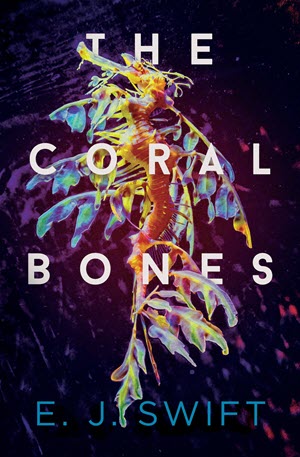 This is a book that has been getting a lot of good press in the UK of late, not least because it was a finalist for this year’s Clarke Award. It didn’t win, but it was highly fancied and I can see why.
This is a book that has been getting a lot of good press in the UK of late, not least because it was a finalist for this year’s Clarke Award. It didn’t win, but it was highly fancied and I can see why.
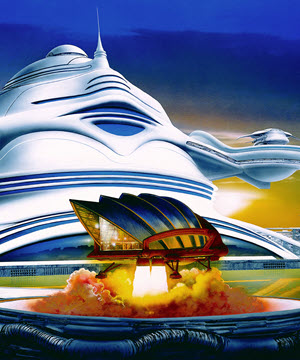 We are now just under a year away from the next Glasgow Worldcon. A lot of excitement is building up on this side of the Atlantic. However, as is usual for a Worldcon, lots of people are keen to know more about the location. Obviously we had a Worldcon in Glasgow in 2005, but a lot can change in 18 years, and some of our 2024 members would not have been born then. As I had been asked to give a talk at the University of Glasgow this month, I took the opportunity to scout out the site and take a few pictures.
We are now just under a year away from the next Glasgow Worldcon. A lot of excitement is building up on this side of the Atlantic. However, as is usual for a Worldcon, lots of people are keen to know more about the location. Obviously we had a Worldcon in Glasgow in 2005, but a lot can change in 18 years, and some of our 2024 members would not have been born then. As I had been asked to give a talk at the University of Glasgow this month, I took the opportunity to scout out the site and take a few pictures.
















 There’s a theme going around social media these days that the Marvel Cinematic Universe is finished. There are, I think, legitimate reasons for thinking this: major stars wanting out, Jonathan Majors turning out to be an awful human being. But it doesn’t follow that all of the new content will be rubbish. Guardians of the Galaxy 3 has had some pretty terrible reviews. I don’t understand why.
There’s a theme going around social media these days that the Marvel Cinematic Universe is finished. There are, I think, legitimate reasons for thinking this: major stars wanting out, Jonathan Majors turning out to be an awful human being. But it doesn’t follow that all of the new content will be rubbish. Guardians of the Galaxy 3 has had some pretty terrible reviews. I don’t understand why.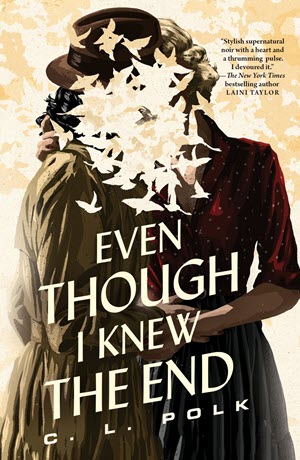 Somewhat later than usual, it is Hugo reading time. As is generally the case these days, the novella category is the hardest to judge. Normally voting for Nghi Vo would be easy, but the Adrian Tchaikovsky story is great too, and the Alix Harrow is a lot of fun. I have three to read, and this one was first on the list.
Somewhat later than usual, it is Hugo reading time. As is generally the case these days, the novella category is the hardest to judge. Normally voting for Nghi Vo would be easy, but the Adrian Tchaikovsky story is great too, and the Alix Harrow is a lot of fun. I have three to read, and this one was first on the list.
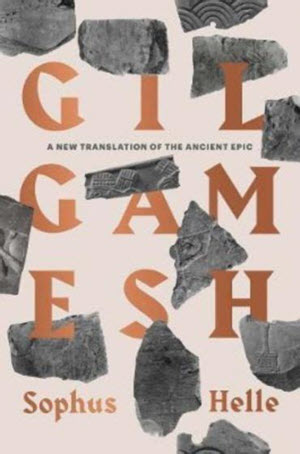 You are probably all at least vaguely familiar with the story of Gilgamesh. This, however, it not a review of the epic itself, but rather of one particular translation.
You are probably all at least vaguely familiar with the story of Gilgamesh. This, however, it not a review of the epic itself, but rather of one particular translation.
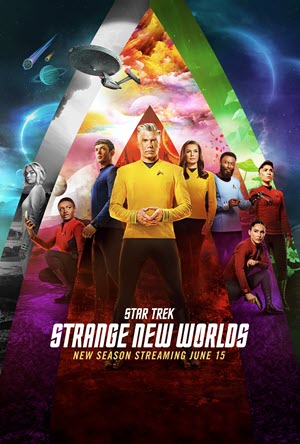 Two seasons in, and Strange New Worlds continues to be the most Trek-like of the Trek spin-offs. Once again it has a huge variety of episodes, while somehow managing to maintain a more-or-less coherent whole.
Two seasons in, and Strange New Worlds continues to be the most Trek-like of the Trek spin-offs. Once again it has a huge variety of episodes, while somehow managing to maintain a more-or-less coherent whole. 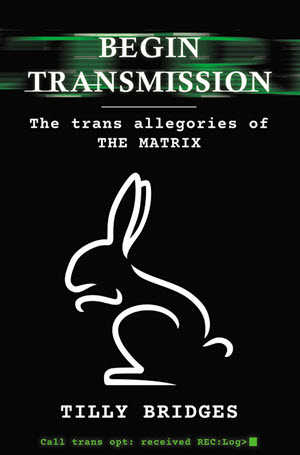 You are probably all aware of the idea that parts of the Matrix films are a trans allegory; the most famous example being that the red pill actually represents Premarin, a common form of estrogen medication back in the 20th Century. Just how much else there is in the films is open to question, but the thesis of Begin Transmission: The trans allegories of The Matrix by Tilly Bridges is that the entire film cycle (including the animated shorts and the fourth film) form one massive and intricately crafted allegory of trans life.
You are probably all aware of the idea that parts of the Matrix films are a trans allegory; the most famous example being that the red pill actually represents Premarin, a common form of estrogen medication back in the 20th Century. Just how much else there is in the films is open to question, but the thesis of Begin Transmission: The trans allegories of The Matrix by Tilly Bridges is that the entire film cycle (including the animated shorts and the fourth film) form one massive and intricately crafted allegory of trans life.
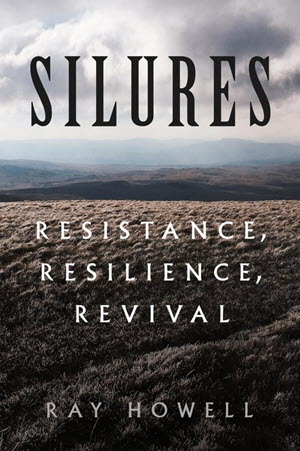 Back in issue #50 I ran a review of a small book called Celtic Wales, written by two very eminent historians who are experts on the country during the Iron Age. I found that book by chance in the local history section of Swansea Waterstones. As I happened to be back in the shop recently I had another look in that section to see if they had anything else. I was immediately rewarded.
Back in issue #50 I ran a review of a small book called Celtic Wales, written by two very eminent historians who are experts on the country during the Iron Age. I found that book by chance in the local history section of Swansea Waterstones. As I happened to be back in the shop recently I had another look in that section to see if they had anything else. I was immediately rewarded.
 While I was happy to defend Guardians 3, I am much less enamoured of Marvel’s latest TV production. I’d been looking forward to something involving Nick Fury and the Skrulls. Sadly, what we got was a below par effort that tried to follow in the footsteps of The Falcon and the Winter Soldier and had some very obvious problems.
While I was happy to defend Guardians 3, I am much less enamoured of Marvel’s latest TV production. I’d been looking forward to something involving Nick Fury and the Skrulls. Sadly, what we got was a below par effort that tried to follow in the footsteps of The Falcon and the Winter Soldier and had some very obvious problems.
 This is the July 2023 issue of Salon Futura. Here are the contents.
This is the July 2023 issue of Salon Futura. Here are the contents. Menewood
Menewood Dragonfall
Dragonfall Good Omens – Season 2
Good Omens – Season 2 Nimona
Nimona Promises Stronger Than Darkness
Promises Stronger Than Darkness Pemmi-Con
Pemmi-Con The Pemmi-Con Masquerade
The Pemmi-Con Masquerade Black Adam
Black Adam The Western Kingdom
The Western Kingdom Dungeons & Dragons: Honor Among Thieves
Dungeons & Dragons: Honor Among Thieves This issue sees the second in my series of covers donated by Iain J Clark from the collection of images he has created for the Glasgow in 2024 Worldcon. This one is called “Sailing over Glasgow” and presumably celebrates the shipbuilding industry of the Clyde.
This issue sees the second in my series of covers donated by Iain J Clark from the collection of images he has created for the Glasgow in 2024 Worldcon. This one is called “Sailing over Glasgow” and presumably celebrates the shipbuilding industry of the Clyde.
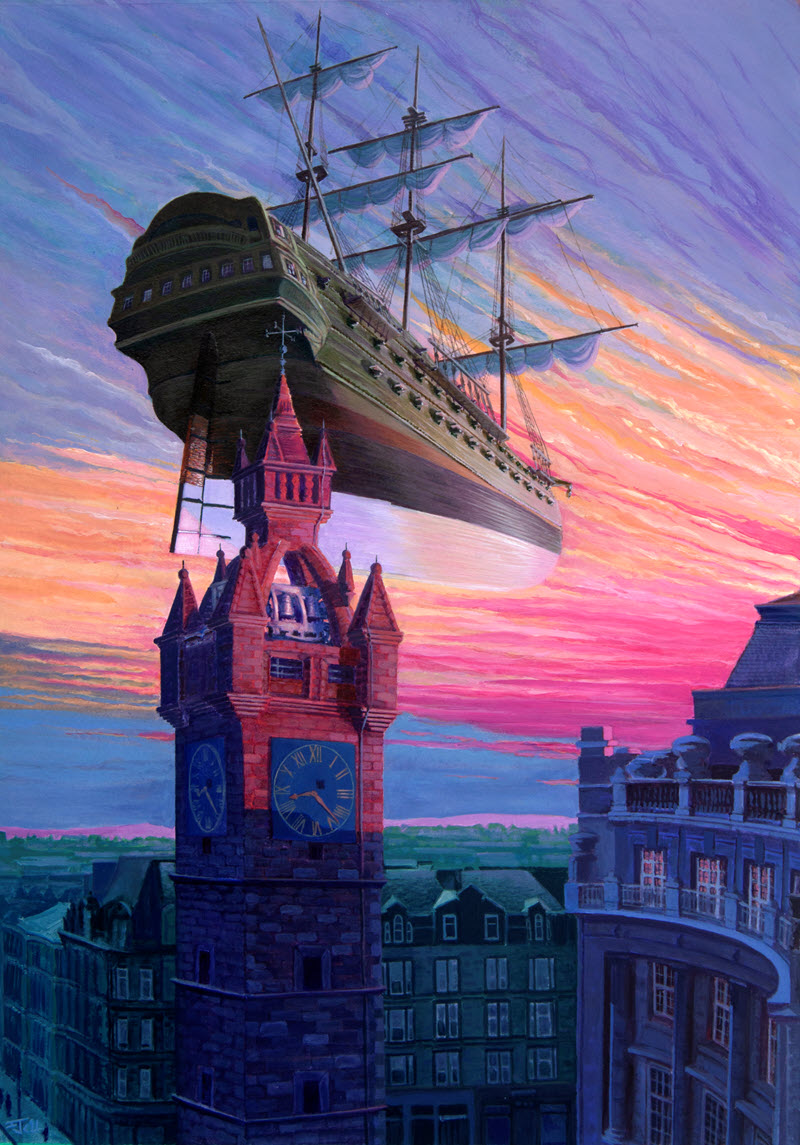
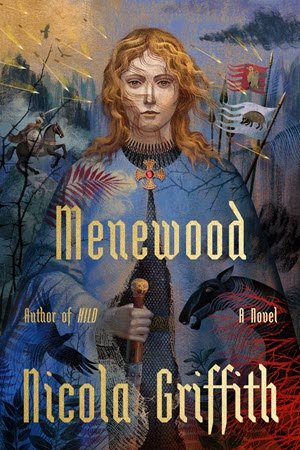 Nicola Griffith’s foray into historical fiction, Hild, has been hugely successful. The book won a Lammy and was a finalist for a bunch of other major awards, including the Nebula, Otherwise and Campbell. (Yes, that Campbell which is an award for science fiction novels). Given that the book only covered the early years of the life of Hild of Whitby, a sequel was pretty much inevitable. Of course, with the amount of research that Griffith puts into these books, it wasn’t going to come quickly. However, Menewood is officially due on October 3rd. Griffith kindly sent me an ARC to look at.
Nicola Griffith’s foray into historical fiction, Hild, has been hugely successful. The book won a Lammy and was a finalist for a bunch of other major awards, including the Nebula, Otherwise and Campbell. (Yes, that Campbell which is an award for science fiction novels). Given that the book only covered the early years of the life of Hild of Whitby, a sequel was pretty much inevitable. Of course, with the amount of research that Griffith puts into these books, it wasn’t going to come quickly. However, Menewood is officially due on October 3rd. Griffith kindly sent me an ARC to look at.
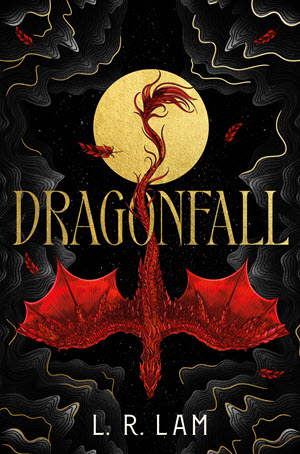 Following an author’s career can tell you quite a bit about them as a person. Some writers who have achieved success seem content to keep pumping out what works each time, for less and less effort. Others are determined to stretch themselves with each new book and get better at their craft. L R Lam is definitely in the latter category.
Following an author’s career can tell you quite a bit about them as a person. Some writers who have achieved success seem content to keep pumping out what works each time, for less and less effort. Others are determined to stretch themselves with each new book and get better at their craft. L R Lam is definitely in the latter category.
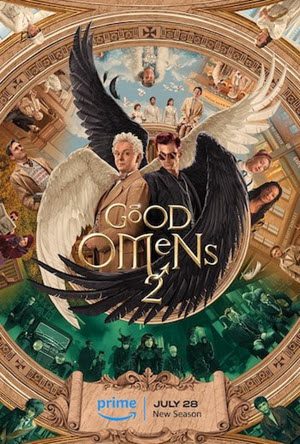 As you probably all know, Gaiman and Pratchett had plans for a follow-up to Good Omens, but their careers took off so fast that neither of them had the time to make it happen. When the TV series was a success, Gaiman used those plans as the basis for a second series. Exactly what was in those plans is unknown, and doubtless fans will argue endlessly over it, but the important question is whether the resulting series lived up to the standards set by the first. Well reader, I was delighted with it.
As you probably all know, Gaiman and Pratchett had plans for a follow-up to Good Omens, but their careers took off so fast that neither of them had the time to make it happen. When the TV series was a success, Gaiman used those plans as the basis for a second series. Exactly what was in those plans is unknown, and doubtless fans will argue endlessly over it, but the important question is whether the resulting series lived up to the standards set by the first. Well reader, I was delighted with it.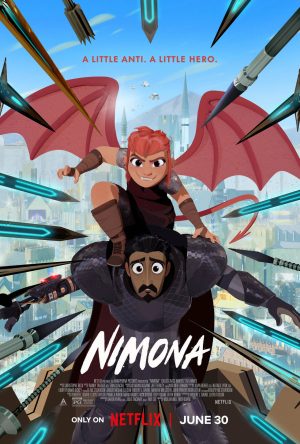 When I said that I did not expect to see a better film than Across the Spider-Verse this year, I really was not expecting to see another brilliant animated film just a couple of weeks later.
When I said that I did not expect to see a better film than Across the Spider-Verse this year, I really was not expecting to see another brilliant animated film just a couple of weeks later. Let us recap. The Unstoppable series by Charlie Jane Anders is space opera, but it is not your father’s space opera. Iain Banks would never have called a starship, Undisputed Training Bra Disaster. Nor, after successfully blowing an enemy starship to atoms, would a group of Culture heroes engage in a lengthy debate as to whether their actions were morally justified, and who should be held responsible for this war crime. Queer YA space opera is, in some ways, a very different beast.
Let us recap. The Unstoppable series by Charlie Jane Anders is space opera, but it is not your father’s space opera. Iain Banks would never have called a starship, Undisputed Training Bra Disaster. Nor, after successfully blowing an enemy starship to atoms, would a group of Culture heroes engage in a lengthy debate as to whether their actions were morally justified, and who should be held responsible for this war crime. Queer YA space opera is, in some ways, a very different beast.
 NASFics are strange beasts. It is sometimes said that running a NASFiC is rather like trying to run a Worldcon with half the money and half the attendees. I might also add half the volunteers to that. And, in the case of Pemmi-Con, “half” is probably a massive exaggeration on all counts.
NASFics are strange beasts. It is sometimes said that running a NASFiC is rather like trying to run a Worldcon with half the money and half the attendees. I might also add half the volunteers to that. And, in the case of Pemmi-Con, “half” is probably a massive exaggeration on all counts. Getting a quality masquerade from a convention with only just over 500 attendees is a challenging task, but somehow Sandy Manning managed it. There were a bunch of top quality costumers who came up from the USA and provided some master-level entries and judges, but it was particularly pleasing to have 4 young entrants, none of whom had ever been on stage before. Congratulations in particular to Turaga Vakama who used 3D printing to create what I assume was an anime costume.
Getting a quality masquerade from a convention with only just over 500 attendees is a challenging task, but somehow Sandy Manning managed it. There were a bunch of top quality costumers who came up from the USA and provided some master-level entries and judges, but it was particularly pleasing to have 4 young entrants, none of whom had ever been on stage before. Congratulations in particular to Turaga Vakama who used 3D printing to create what I assume was an anime costume.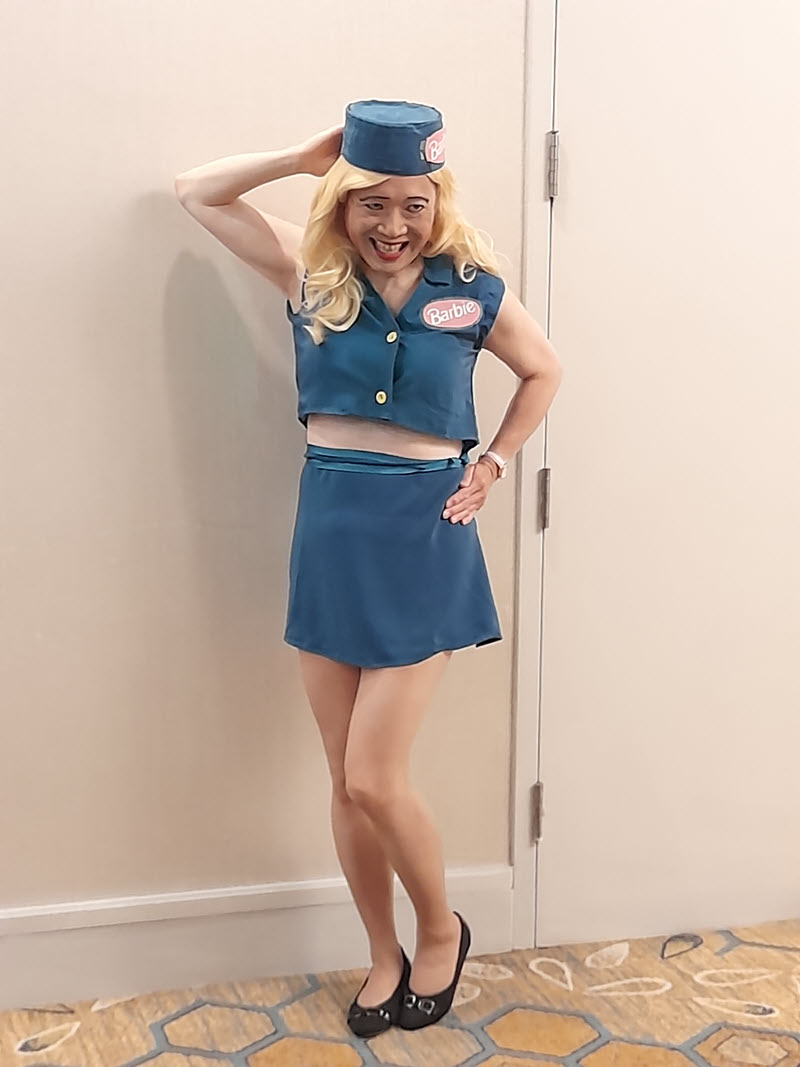

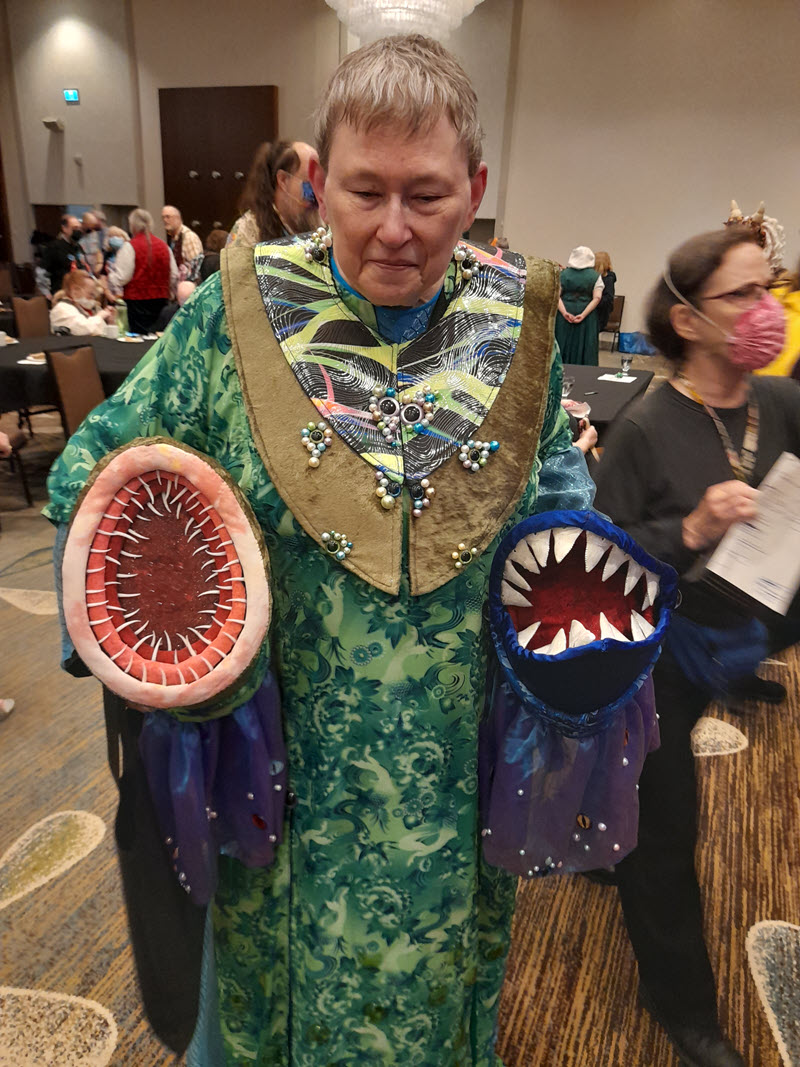
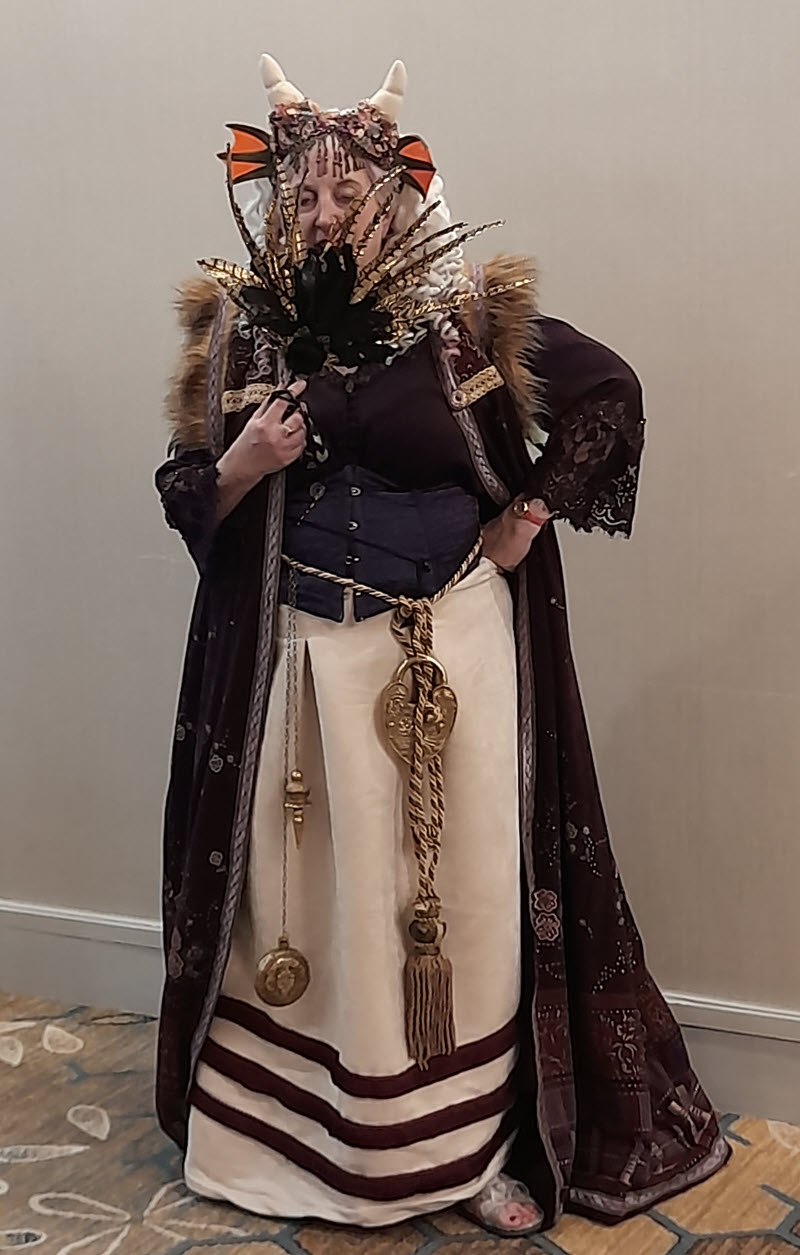
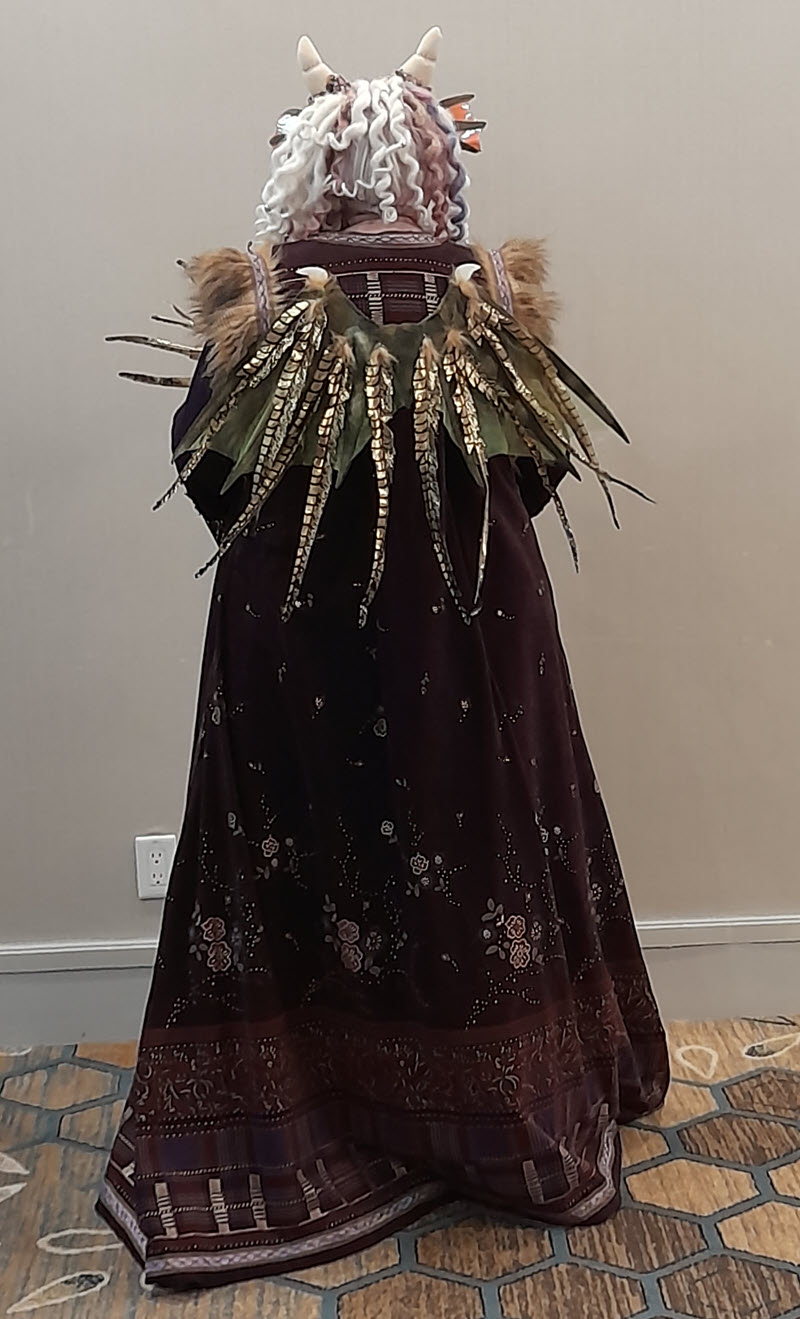
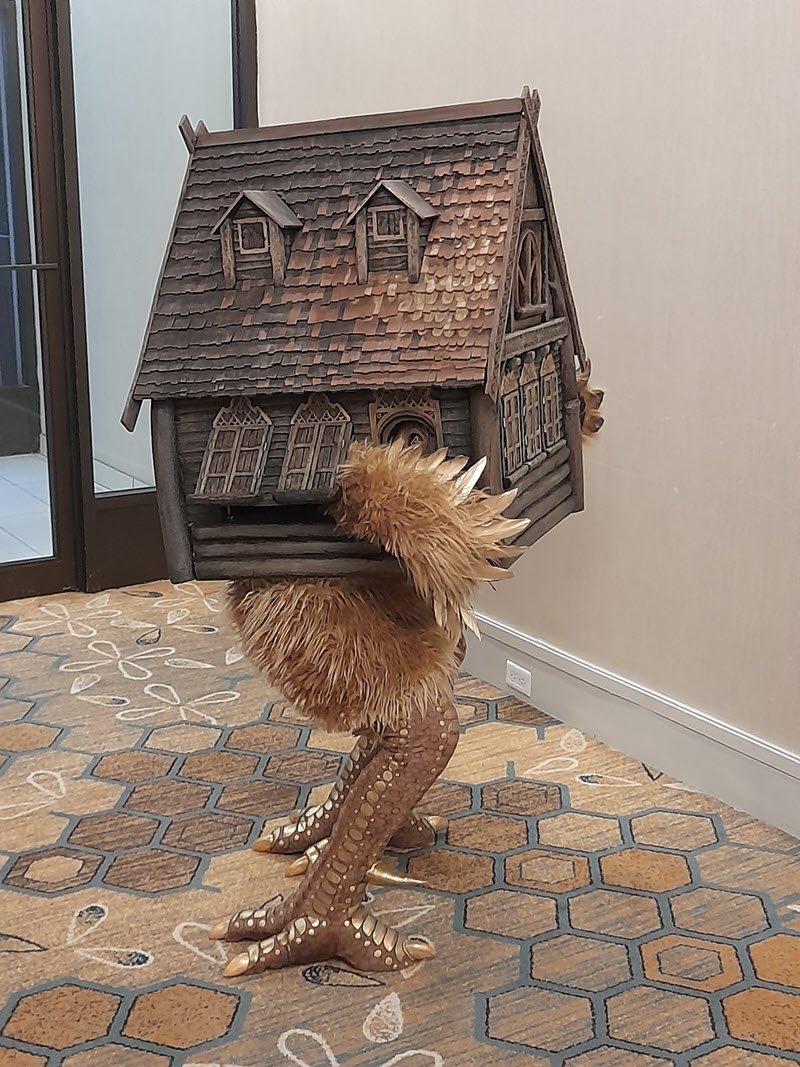
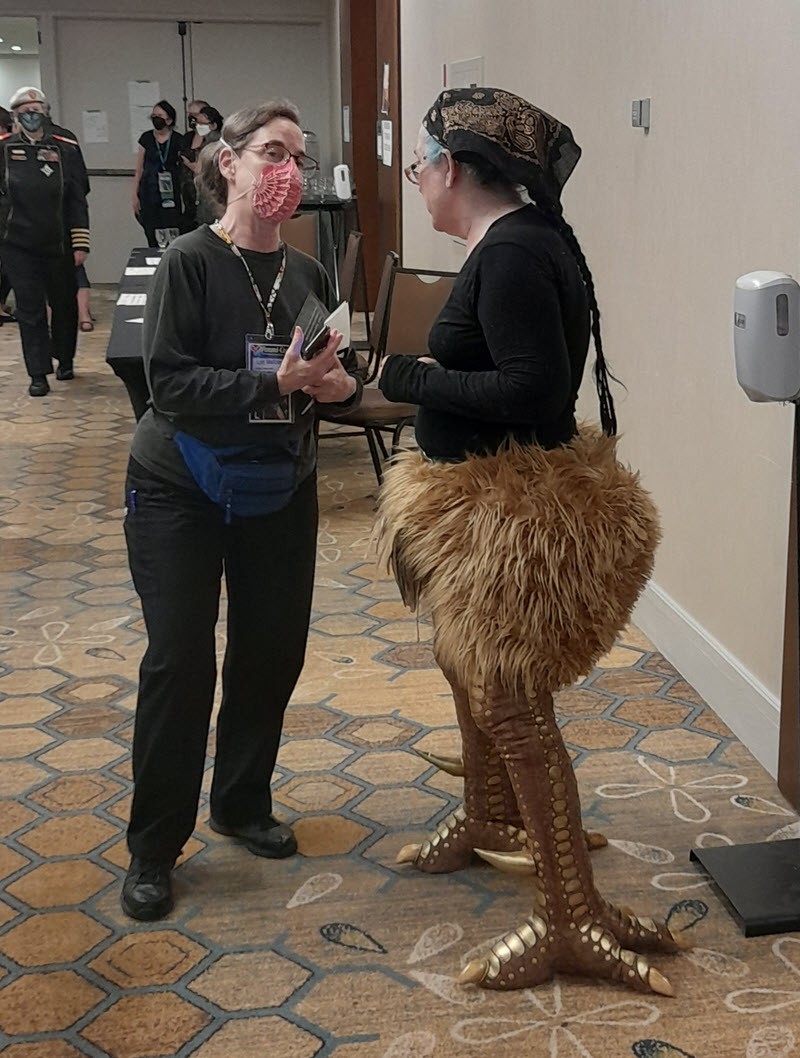
 This is another film that I watched on the plane on my way to Toronto. It being mostly superhero fight scenes, it doesn’t really warrant watching on a big screen, but it does have a lot more to the script than the Dungeons & Dragons film.
This is another film that I watched on the plane on my way to Toronto. It being mostly superhero fight scenes, it doesn’t really warrant watching on a big screen, but it does have a lot more to the script than the Dungeons & Dragons film. It might look like it from the cover, but this is not a fantasy novel. As the subtitle explains, The Western Kingdom is a history of the birth of the Kingdom of Cornwall, probably the oldest kingdom in the UK.
It might look like it from the cover, but this is not a fantasy novel. As the subtitle explains, The Western Kingdom is a history of the birth of the Kingdom of Cornwall, probably the oldest kingdom in the UK.
 I watched this film on the flight from Zurich to Toronto. Airline entertainment systems are in no way a good choice for viewing movies (other than being free and you are trapped in your seat), but I don’t think that matters here because this movie has no pretensions.
I watched this film on the flight from Zurich to Toronto. Airline entertainment systems are in no way a good choice for viewing movies (other than being free and you are trapped in your seat), but I don’t think that matters here because this movie has no pretensions.
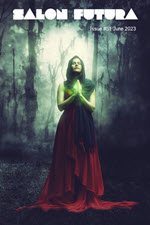 This is the June 2023 issue of Salon Futura. Here are the contents.
This is the June 2023 issue of Salon Futura. Here are the contents. Furious Heaven
Furious Heaven Translation State
Translation State Salt on the Midnight Fire
Salt on the Midnight Fire Across the Spider-Verse
Across the Spider-Verse Witch King
Witch King The Unraveling
The Unraveling Hild
Hild Eurocon 2023
Eurocon 2023 Vikings at Uppsala
Vikings at Uppsala Heilung – LIFA
Heilung – LIFA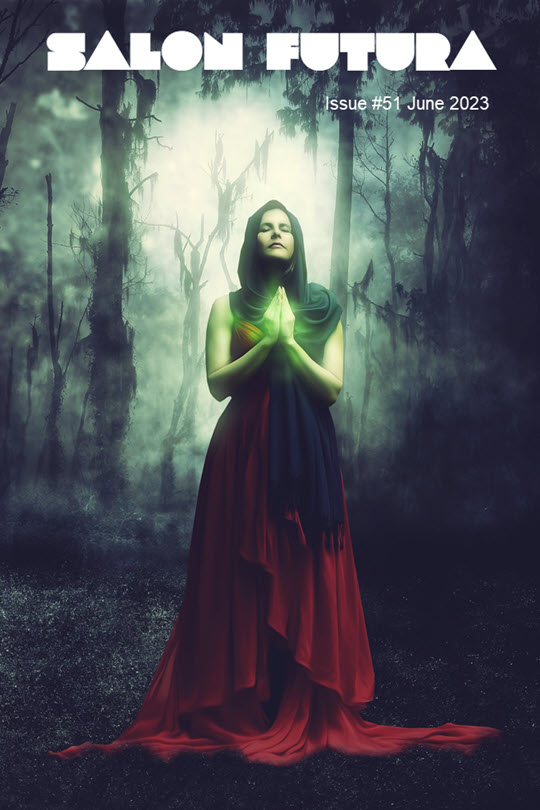 This issue’s cover is again from Pixabay. The artist is
This issue’s cover is again from Pixabay. The artist is 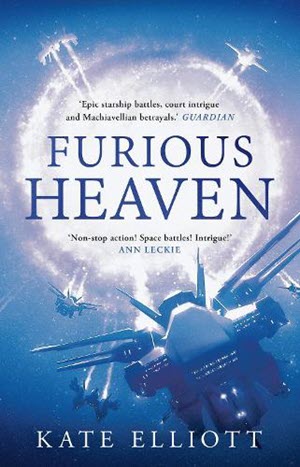 You can tell when I am fascinated by a book (or series), because, in addition to buying them in hardcover, I buy the ebooks because they are searchable, which makes it easier to check up on the various clever things the author has done.
You can tell when I am fascinated by a book (or series), because, in addition to buying them in hardcover, I buy the ebooks because they are searchable, which makes it easier to check up on the various clever things the author has done.